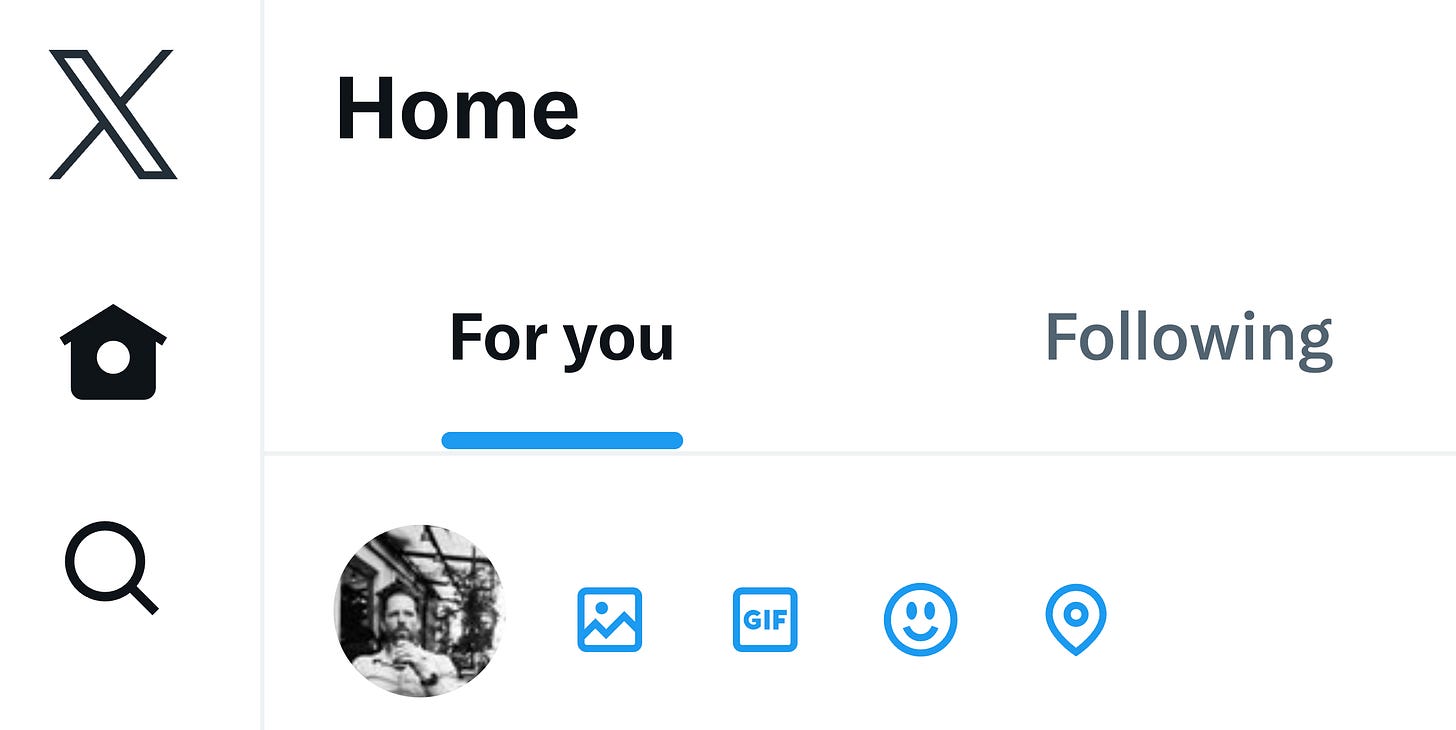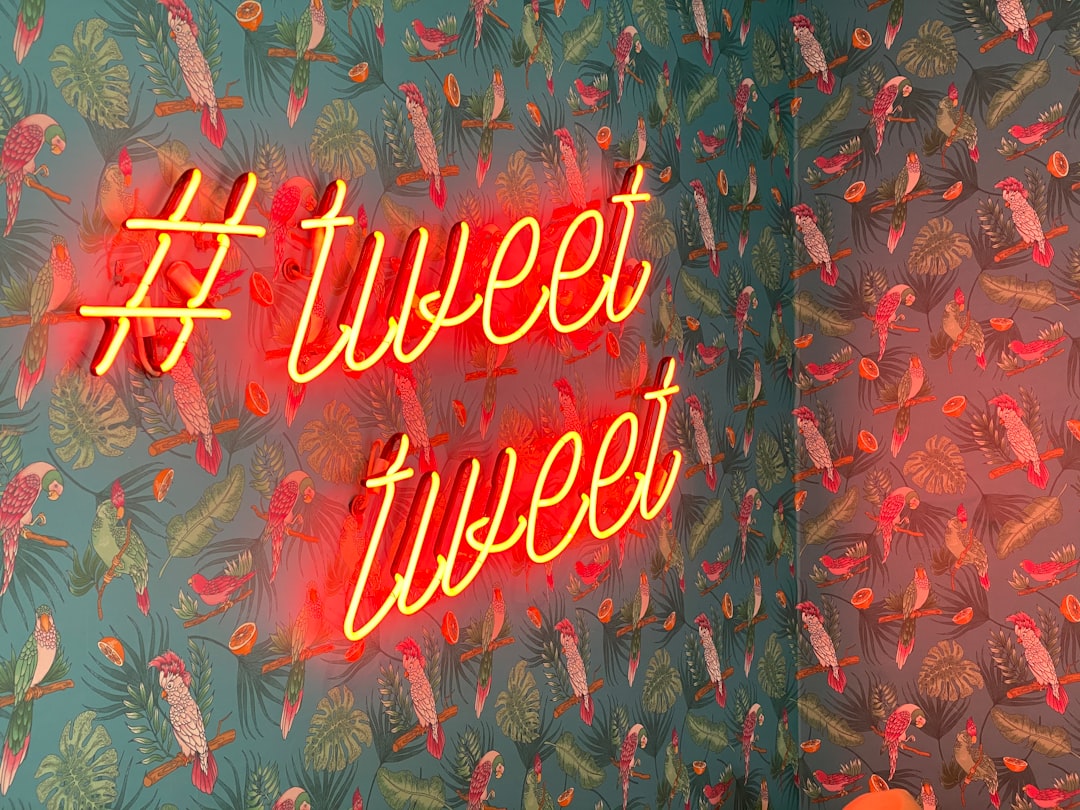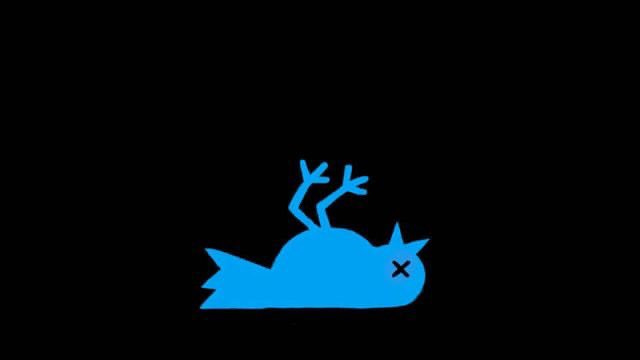The Platform Formerly Known as Twitter
Elon Musk is finally killing Twitter off and rebranding the platform as "X", a move that represents yet another blow to the Immigration Information Ecosystem.
Twitter began a comprehensive rebrand this weekend, replacing the Twitter logo and the name with simply “X”. Users who woke up this morning and opened up Twitter will likely notice a quick flash of “X” on the screen, followed by a barely stylized letter X where the iconic blue Twitter bird used to be.
I haven’t been on Twitter recently, so I had to log in again and download the app again to see if I could catch the old logo. The fragmentation of social media has caused me to pull back across the board and rethink where I put my energy.
A quick side note about that: I haven’t made any dramatic announcements about this, but I have only been logging on to social media on Saturday mornings to post updates from the week across all platforms (Twitter, Facebook, Mastodon, Bluesky, Threads, etc.), then logging off again for the week. I have instead focused my limited public-facing efforts right here on Substack. So if you are already getting this newsletter, you’re getting the most up-to-date information and my best work. If not, consider subscribing.
Now back to the post.
As of this morning when I logged in, Twitter’s smartphone app still shows the old logo, but the browser version of Twitter shows the new logo. The rebranding is apparently still rolling out, and Musk has said that the current logo be only temporary. This half-baked rolled-out-before-it’s-ready MO is what we’ve come to associate with Musk, so this isn’t surprising. In any case, here’s your last look at the old logo and your first look at the new logo.
The choice of using the letter X will not surprise anyone familiar with his other companies, since many of them have also used the letter X for years, or even his son whom he named “X Æ A-12.” It’s a strange and petty obsession.
But unlike his other companies, which generally do actual things in the world, Twitter’s value (or what’s left of it) is tied to its strong brand. Getting rid of the last thing left at Twitter—its branding—that still inspired support and online engagement might be a nail in the coffin of his $44 billion mistake.
From last fall when Musk took over the platform until now, there have been many changes that ruffled feathers, changed the culture of Twitter (inside and out), and alienated large numbers of users. Musk has single-handedly inspired a marketplace of alternatives from the growth of Mastodon, though it was around for years, to Threads, which is just a few weeks old.
Read my previous post here:
But many Twitter users like myself also stayed on the platform, and I would argue that we stayed in large part because of the brand. As long continuity of Twitter as a brand was intact, Musk still held an invisible though fragile grip on users who have invested years on the platform and built up sizeable followings, followings that are rarely directly commodified, but which do allow people like myself to reach audiences that we probably could not have otherwise.
The first question now is whether the destruction of Twitter as a brand is actually the largest single step toward a total Twitter meltdown. For example, I have so many questions about what this means for how people talk about Twitter… er… “X”. Will tweets be called… “exes”? It’s an absurd anti-marketing strategy that only makes sense if Musk actually wants to just destroy the platform rather than improve it.
The second question is, who cares? Well, I care. A little. Not because I care about Twitter or X, but because I care about what I would like to call the “Immigration Information Ecosystem” or IIE. Immigration is a divisive, controversial, wedge issue that inspires a lot of strong feelings despite (or because of) the saturation of mis- and disinformation. Some of us care about promoting well-reasoned debates rooted in facts, and that’s a big part of why we were on Twitter.
Twitter was always a source of that misinformation, but it was also a place where the critical mass of policy experts, researchers, and journalists generated quite rich and open discussions. Twitter was, for a time, the de facto forum for the IIE. In fact, for a time, I would recommend to my students that if they wanted to learn about immigration, the best way to do so was to get on Twitter and follow some key accounts such as Aaron Reichlin-Melnick, Molly O-Toole, Julia Preston, Camilo Montoya-Galvez, the national organizations, and so on.
I haven’t been able to recommend Twitter for months for a very simple reason: it’s simply not that valuable anymore. It’s not the best source of information because the friction between logging in and getting good information is too high.
Because I know that people have used Twitter as the primary hub for accessing the IIE, I’ve been adamant about trying to let people know how to keep up with immigration without Twitter. See, for example, my post last year about various sources of immigration information.
As if you need more reasons, here’s the final reason I really cannot recommend Twitter anymore. As I mentioned, I downloaded the app this morning to log in again. Before I even logged in, Twitter showed three recommend videos on the home screen. One of those videos was completely uncensored pornography.
Friends, I have pulled up Twitter in classes and in presentations before to highlight valuable and unique perspectives, interesting research findings, and government announcements. It has always been really helpful. I’ll never be able to do that again.
So that’s it from me this morning. What about you? What are your thoughts about where Twitter is headed and the current rebranding? What role does Twitter play—if any—in how you stay plugged into the Immigration Information Ecosystem? Also, if you have thoughts about how this newsletter can play a role, please feel free to let me know. I aim for this to be a community resource.
Support public scholarship.
Thank you for reading. If you would like to support public scholarship and receive this newsletter in your inbox, click below to subscribe for free. And if you find this information useful, consider sharing it online or with friends and colleagues.









I suppose that communities of policy specialists will eventually re-gather on a platform that will emerge as the successor to Twitter. But can we envision a world where a social media platform like the old Twitter is re-imagined as a cooperative enterprise, rather than something vulnerable to the whims of an erratic billionaire?